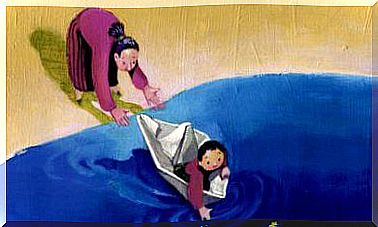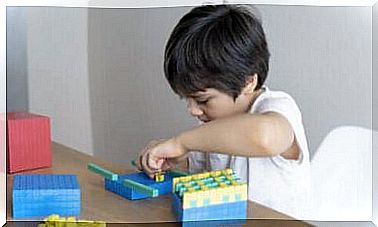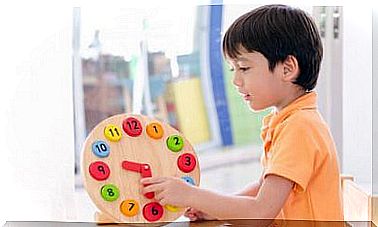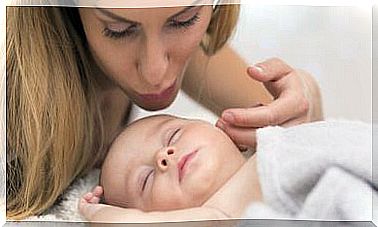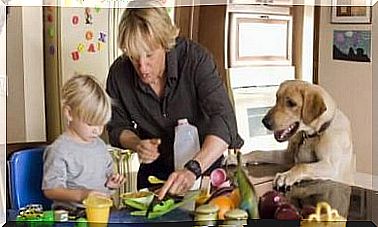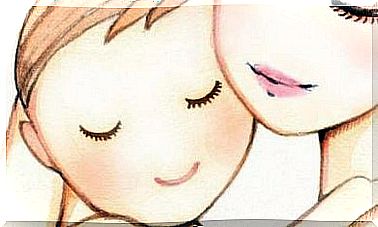Boxed Babies: Fashion Or Health?
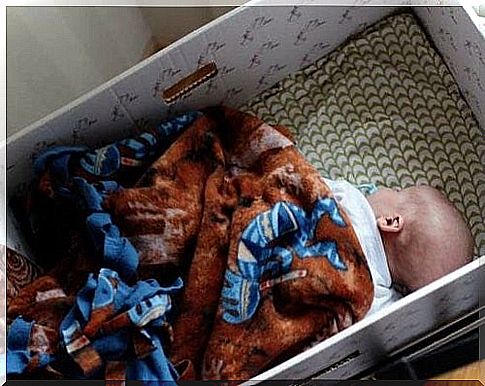
Recently, the custom of putting babies to sleep in boxes has become popular. Before they were made of cardboard, nowadays they have been replaced by boxes made of other materials, such as plastic, for example. The idea was promoted by the Finnish government approximately 30 years ago. But, in fact, the custom is a tradition in this country. The objective is to guarantee equality between all citizens, that is, to make people reach the world with the same conditions and with guarantees of receiving the minimum care.
It is estimated that this project contributed to the reduction of infant mortality for different reasons. Furthermore, this proposal has become a viable initiative for many governments worldwide. The characteristics of each box may vary from one society to another. But, in general, they worked correctly for the stated purpose.
Before the implementation of this project, there was a very high infant mortality rate in Finland. Today, the practice in question has become so effective that millions of children around the world have benefited from this idea. Today, countries such as South Africa, India, Mexico, the United States and the United Kingdom have committed themselves to the child population through this initiative.
Why do babies sleep in boxes?
In 2013, at least 10 million people benefited from the Finnish government’s proposal for babies of all socioeconomic levels to sleep in boxes. Despite being a very high investment, the results are very valuable and important for the population, since, since its implementation, more and more children survive.
This is a tradition that was previously more widespread at lower economic levels because in certain communities, where living conditions were more precarious, to protect babies from the cold, babies were removed from direct contact with the ground and placed in boxes. The idea evolved when social projects proposed the creation of a special package for newborns that contained all the essential products for the little ones.
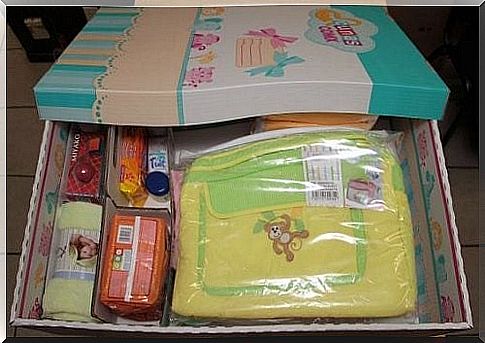
Families who received these boxes ensured that the newborns had clothes, blankets, toys and other essential baby products. But that was not all, as the box that contained all these items also became a cradle. In this way, the custom was disseminated until transforming government boxes into cradles became a tradition. However, an idea revolutionized the project, from then onwards it would be necessary to respect certain conditions to receive the package.
The State knew that most cases of infant mortality were caused by the lack of attention of pregnant women during pregnancy, the other causes were related to the conditions in which the babies arrived in the world. For this reason, a particular condition was created to be worthy of the box: whoever wanted to receive the maternity package should commit to monitoring the pregnancy at one of the state health centers, for four months in the prenatal phase.
The idea ensured that parents received specialized care during pregnancy. In general, this condition appeals to mothers who might never have thought of having a prenatal consultation. In this sense, the agreement led pregnant women to continue to undergo regular check-ups and, somehow, also guaranteed that the births were carried out at health posts.
Likewise, upon receiving the box, families guaranteed a package of expensive baby items that not everyone can afford. Depending on the society in which this project is carried out, families can receive mosquito nets, jackets, medicines or vaccines, in addition to the main items, to ensure adequate care for the baby.

The boxes themselves have evolved. At certain times, fabrics or tools for sewing sheets or diapers were included. Today, everything has changed and the boxes contain objects that meet the sociocultural needs of the respective locations to which they are sent.
In South Africa, for example, the boxes are not made of cardboard, but plastic. In this way, they can also serve as a bathtub. In civilizations where babies are still born underground, packages include products to clean and care for the little ones. In addition, they offer a cozier and more suitable environment for the newborn.
Societies in countries that have adopted the Finnish idea have different needs. But everyone realized the true importance of the action when they saw that they were saving lives with such a simple initiative.
In nations whose infant mortality rate is very high, the situation can significantly improve through this very useful idea. Providing a survival package that includes innovative products for some people means at the same time a fair start for every child in the country.
